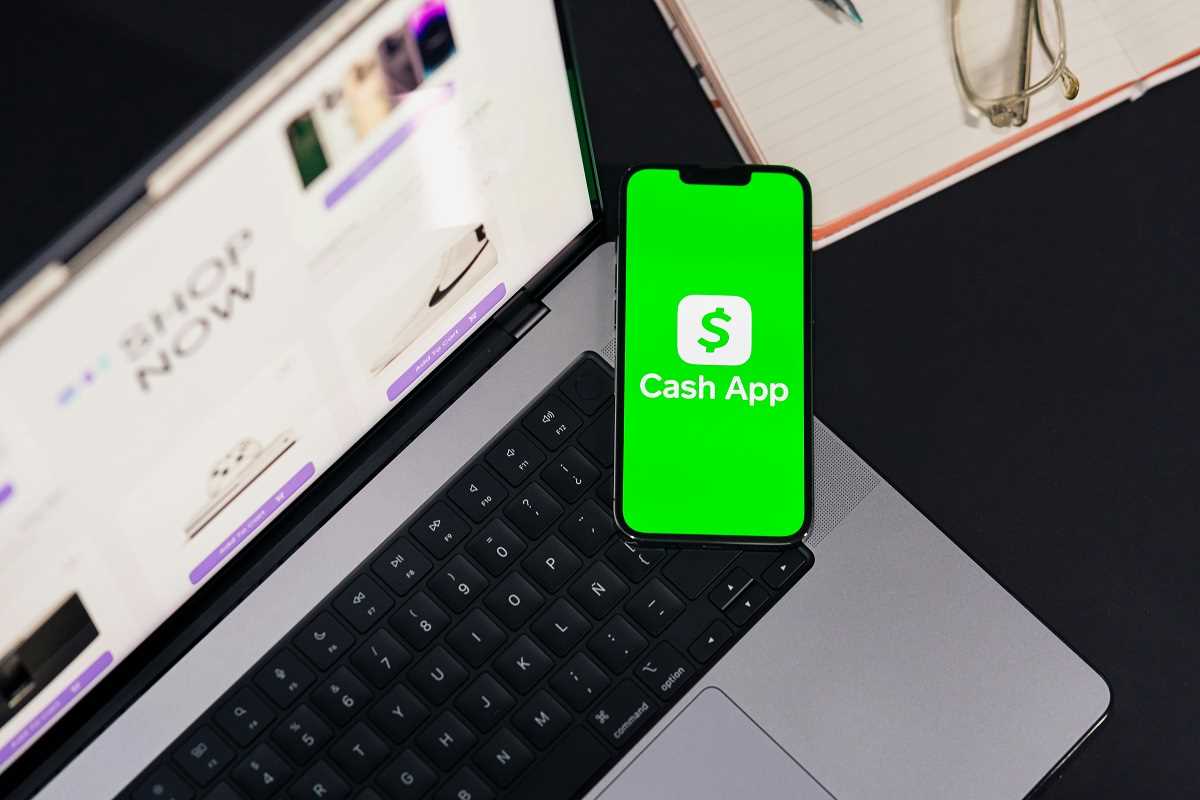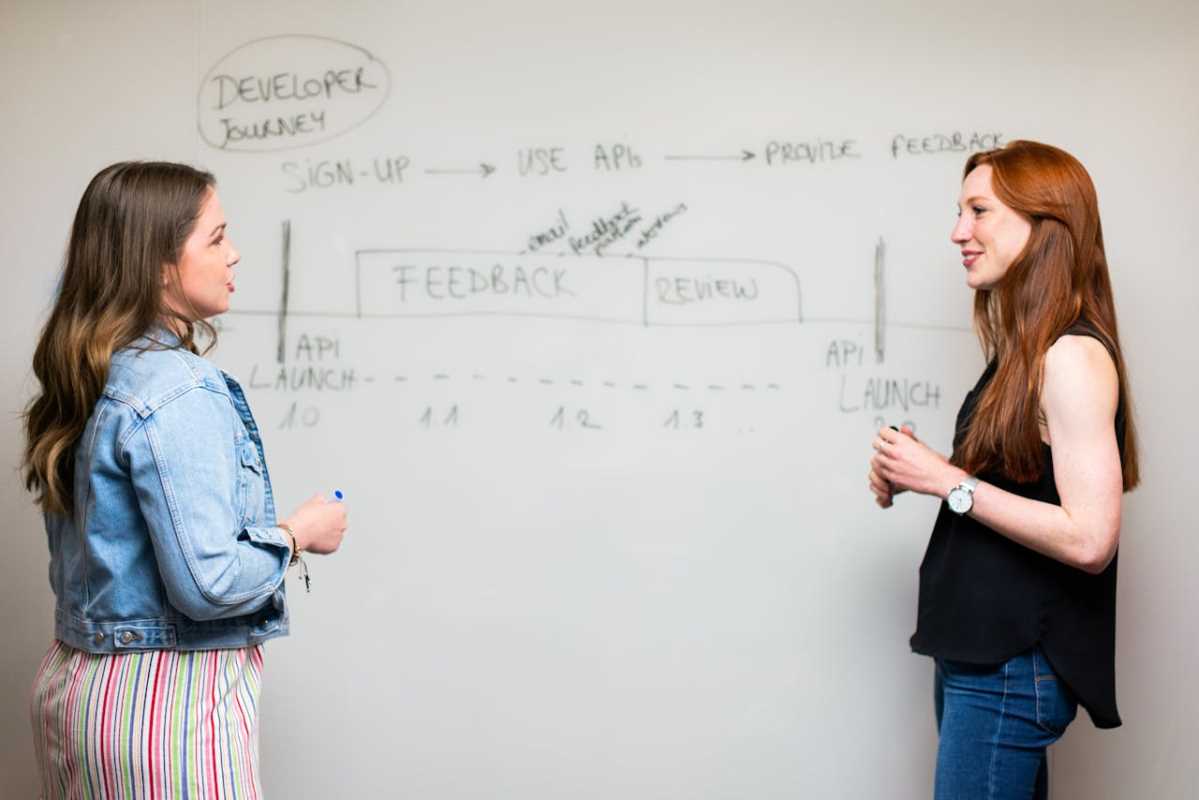A well-crafted product page is the backbone of successful e-commerce. It’s where potential customers make their buying decisions, which means every element—from descriptions to layout—is critical. Done right, your product page can dramatically increase conversions and boost sales. Here’s a step-by-step breakdown of the essential components for creating a product page that delivers real results.
Clear and Compelling Product Descriptions
Your product description is more than just a block of text. It’s your pitch to the buyer and should answer their key question: "Why should I buy this?" Focus on the following:
- Highlight Benefits, Not Features: Customers care about how a product solves their problem. For example, instead of saying “100% cotton,” emphasize comfort with “Soft, breathable fabric that keeps you cool all day.”
- Be Concise and Specific: Skip vague language like "high-quality" and add precise details. Include measurements, materials, or anything that removes purchasing doubts.
- Use a Scannable Format: Break up long descriptions with bullet points. This makes it easier for customers to skim and find the information they need quickly.
- High-Quality, Eye-Catching Images: Images are arguably the most important part of your product page. They create a first impression and often influence buying decisions before customers even read descriptions.
Use Multiple Angles
Showcase the product from every perspective. Include close-ups of details, lifestyle photos, and even 360-degree views if possible. This reduces uncertainty and builds trust.
Optimize for Speed and Quality
Use high-resolution images that load quickly. Slow-loading pages can cost you conversions. Compress large files without sacrificing quality to keep your page fast.
Include Contextual Images
Help customers visualize the product in use. If you’re selling furniture, show it in a styled room. Context matters.
Leverage User Reviews and Testimonials
Social proof builds trust. Customers are more likely to buy when they see positive feedback from real people.
Display Reviews Prominently
Position reviews directly below your product description so they’re easy to find. Avoid hiding them at the bottom where they might go unnoticed.
- Encourage Photo and Video Reviews: Images or videos from customers make reviews more believable and effective. Seeing a real person using the product can persuade undecided buyers.
- Address Concerns Professionally: If negative reviews appear, respond thoughtfully. A professional, helpful response can turn skepticism into trust.
- Strong Calls-to-Action (CTAs) That Convert: Your call-to-action (CTA) is what pushes customers to take the next step, and it needs to be designed with intention.
Be Clear and Direct
Use text like “Add to Cart,” “Buy Now,” or “Download Today.” Ambiguity leads to hesitation. A strong CTA leaves no room for confusion.
Choose Contrasting Colors
Make your button stand out by using colors that draw attention but still fit your brand. For example, a bright orange or green button pops against a white background.
Create a Sense of Urgency
Adding urgency can drive quicker decisions. Use phrases like “Limited Stock,” “Only 3 Left,” or “Order in the Next 2 Hours for Free Shipping.”
Strategic and Intuitive Page Layout
The layout of your product page should guide the customer effortlessly through the buying process.
Keep It Clean and Organized
- Avoid clutter. A chaotic page overwhelms customers and distracts them from your main goal. Use white space strategically to highlight key elements.
- Use a Logical Hierarchy: Place essential information like the product title, image, and price above the fold, so visitors immediately see them. Save supplementary details (e.g., size guides or shipping info) for lower sections.
- Include a Sticky Add-to-Cart Button: A sticky button that stays visible as the user scrolls ensures they can act at any moment without searching for the CTA again.
- Optimize for Mobile Users: With the majority of shopping now happening on mobile devices, ensuring a seamless mobile shopping experience is non-negotiable.
Use Responsive Design
Make sure your product page looks great on screens of all sizes. Test buttons, images, and text layouts to verify that everything is functional.
Fast Load Times
Mobile shoppers are particularly impatient. If your page doesn’t load within three seconds, they might leave. Optimize your resources to keep load times as short as possible.
Simplify Navigation
On mobile, customers should be able to scroll one-handed and easily access key features (like the add-to-cart button).
Conversion-Focused Enhancements
Beyond the basics, you can add advanced elements to push your product page performance even further.
Highlight Unique Selling Points (USPs)
Use badges or icons to emphasize key benefits, like “Free Shipping” or “100-Day Return Policy.” These can sway hesitant buyers.
Offer Product Comparisons
If your product competes with others in your catalog, use a comparison table. This helps customers make side-by-side assessments without leaving your page.
Add Live Chat Support
If buyers have questions and can’t find answers quickly, they might abandon their cart. A live chat function meets this need instantly.
Upsell and Cross-Sell Strategically
Include widgets like “Frequently Bought Together” or “You Might Also Like” to increase average order value. Place these suggestions in non-intrusive parts of the page to avoid distracting from the main item.
Testing and Iterating for Success
Even a well-designed product page can improve with time. Regular testing ensures you’re constantly optimizing for maximum sales.
- Run A/B Tests: Test different headlines, colors, CTAs, or layouts. Measure the impact on click-through rates and conversions to see what performs best.
- Use Heatmaps: Heatmaps show where visitors spend the most time on your page. If vital sections are being ignored, adjust your layout to focus attention where it matters.
- Track Conversion Rates: Analyze metrics to identify any bottlenecks. For instance, if visitors frequently abandon their carts, investigate whether high shipping costs or a complicated
A perfect product page doesn’t happen by accident. It’s the result of thoughtful design, compelling content, and strategic testing. With the right approach, your product page can become a revenue-driving powerhouse for your e-commerce business.
 (Image via
(Image via





